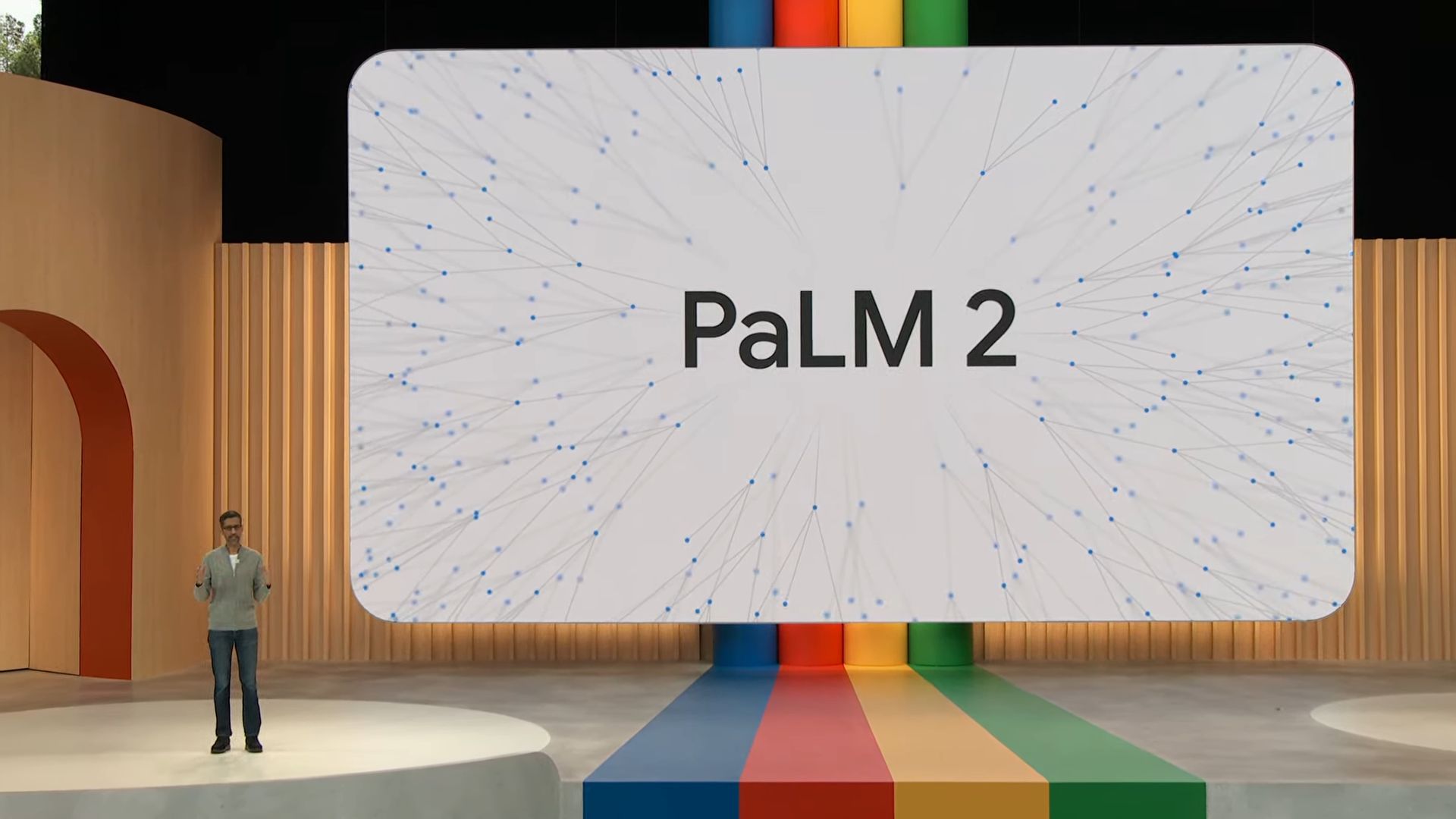Google has been lagging behind a bit in the generative AI race. Beaten to the punch by OpenAI and GPT-4 while also falling behind Microsoft's Bing Chat, the company has been playing catch up with Google Bard and its PaLM language model. Today at Google I/O, the company announced the unveiling of PaLM 2, the second version of its PaLM language model, and it will be used to power Google Bard.
Previously, Bard was powered by LaMDA (Language Model for Dialogue Applications) but was bested by much of the competition repeatedly. Bard had a number of issues that meant Google was uncharacteristically behind much of the competition. Given that was the case, it's clear that something needed to change. PaLM 2 is incredibly interesting because not only does it appear to be a more powerful language model, but specific models can be created and trained in different fields. Google shared examples of models called Sec-PaLM2 and Med-PaLM2, which are familiar with cybersecurity and the medical industry, respectively.
Over 25 products will be announced at Google I/O with PaLM 2. It can also offer developers help with coding problems, providing ways to easily debug code, fix problems, and explain why the fix was implemented in the way that it was. It will make coding a lot easier for developers, especially given how prolific generative AI can be when it comes to programming.

